Web3, NFTs, And The Future Of Art
30 August 2022
Throughout history, artists have often gotten a rough deal with corporations and middlemen profiting from their work long after they have received and spent the fees they were paid. Now, many believe that the decentralized world of web3 – and specifically NFTs – offers an alternative. By creating and releasing work as non-fungible, digital tokens, they have the opportunity to take back control of how and where their work is used and set payment terms that are more favorable to them. So how does it all work?
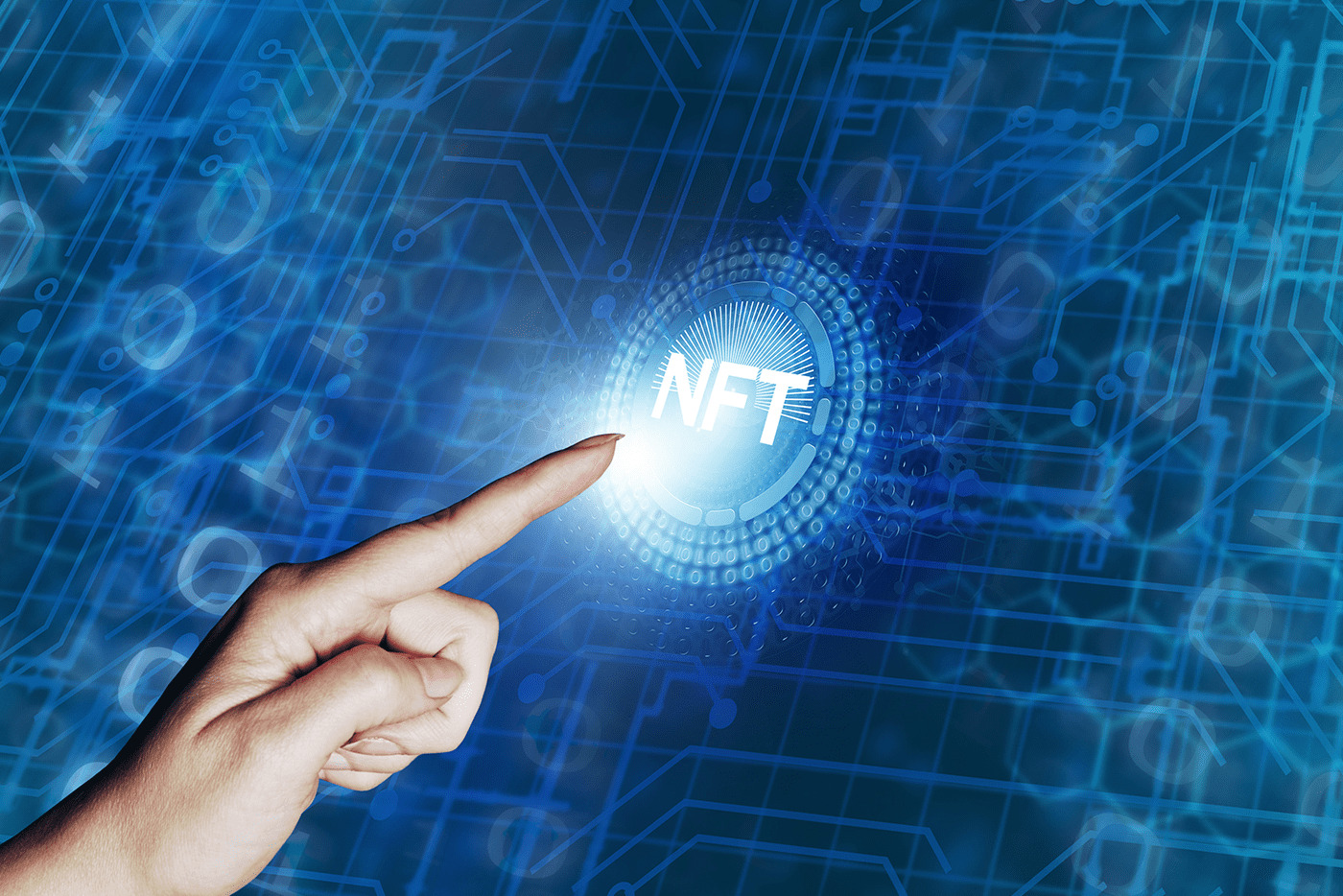
In order to find out, I spoke to one of the most well-known artists working in the NFT space today. Pplpleasr, AKA Emily Yang, has appeared on the cover of Vogue Magazine and listed in Forbes’ 30 under 30 list, has been hailed as one of the leaders of the NFT art revolution.
Pplpleasr became involved with NFTs through combining her work as a visual effects artist on movies such as Batman v Superman and Wonder Woman with an interest in cryptocurrency and blockchain technology. This led to her selling one of her works – an animation created for cryptocurrency exchange Uniswap – for $525,000. The money raised from this was used to set up a community group called Stand With Asians with the aim of promoting artists of Asian descent. Now, in collaboration with Skillshare, she has created an online course to teach other artists how to create their own NFTs and hopefully use them to earn a living.
What are NFTs?
NFTs – non-fungible tokens – are tokens that live on a blockchain, much like cryptocurrency. How they differ from cryptocurrency tokens, however, is that every one is unique. In short, this means that they can be used to confer that “uniqueness” on other assets that they are associated with. The most popular initial use case for NFTs has been digital artwork, with works created by, among others, Grimes, pplpleasr, and the artist known as Beeple (Mike Winklemann) becoming popular with online collectors and regularly selling for vast sums.
NFTs most often live on the Ethereum blockchain, although other blockchains such as Polygon and the Binance smart chain are also capable of storing them. So if you want to understand the concepts behind NFTs, it’s important to remember that NFTs aren’t the pieces of artwork themselves, it’s more accurate to say they are tokens that act as certificates of ownership for the artwork.
They aren’t just useful for recording ownership of art, though. So-called utility NFTs exist that function as everything from event tickets to proof of ownership of rare whiskies. Many believe that the real value of NFTs lies in the metaverse – a term used to describe the interconnected, persistent digital environments that the internet will evolve into as we all get accustomed to spending more and more of our lives in digital worlds. Here, NFTs will be used for everything from proving ownership of virtual land and property to unique collectibles that we will use to decorate our own personal virtual space.
Why are NFTs important for artists?
During our recent webinar conversation, pplpleasr explained to me that there are three reasons that NFTs have made such an impact on the art world since they first emerged.
Firstly, is that due to their ability to include smart contracts – executable pieces of code that are also included on the blockchain and can carry out certain tasks when conditions are met – they can potentially revolutionize how royalties are paid and how artists earn a living.
She tells me, "Pre-crypto … everything is reliant on trust, signing legal papers, chasing up payments … often it’s just impossible. And once you sell a piece of art, that’s all you’re ever going to get.”
Functionality built into the concept of NFTs means that smart contracts can be programmed to execute every time a piece of art is sold and re-sold among collectors, with the original artist receiving a cut of every sale, not just the first one. Although great for artists, the potential ramifications go even further, potentially even changing the way society sees the relationship between artists, their work, and those of us who consume it.
Another benefit that NFTs bring to the art world, pplpleasr tells me, is provenance. The immutable, encrypted nature of the blockchain means it can be used to prove not only where the artwork came from but where it has been and who has owned it since it was first sold. This is useful because prestigious owners, such as galleries, renowned collectors, or celebrities, can have their own impact on the value of a piece of art or the culture that is built up around it.
Thirdly, allowing digital artwork to have value, through its association with an NFT, creates a new class of asset that might fit well with the lives of generations who live in the digital world just as much as they do in the physical world.
"Ten years ago, we would take a break by spending some time on the internet," Yang tells me, "today, it’s the other way round – we take a break from the internet by going outside … and the majority of the time we’re on the internet.
“If you recognize that this is the trajectory that society is on, whether or not you like it … the digitization of assets is only a matter of time … you’re going to start realizing you have less and less of a desire and need for physical belongings … they are easy to lose and take up space … with digital art, it's a different story, you can just keep it in your wallet."
How can artists get into NFTs?
One important tip that pplpleasr has for any artists wanting to get involved with NFTs is that it’s essential to understand the culture. As with everything related to crypto and blockchain, users can be somewhat tribal, and there’s often distrust of people or organizations that are seen to have an interest purely because of the potential to make money.
“You’ll notice your life will become a lot easier if you bring authenticity to the space,” pplpleasr says.
“A lot of corporations have come in thinking they want the ‘coolness’ of being associated with NFTs, or maybe they have a monetary incentive. Those generally do not fare well with the crypto community … who can smell a mile away if they’re not ‘crypto native’. I think doing extensive research around that before even thinking about getting into the NFT space is a good tip.”
Environmental Impact
There has been harsh criticism of the NFT ecosystem due to the fact that the blockchain technology used to enable it is often very energy inefficient. This means that it can be damaging to the energy when non-green sources of energy are used to power it. The environmental impact of the NFT industry is something that can’t be ignored or overlooked – particularly if it is going to scale beyond the comparatively niche use cases we have for it today. Here, pplpleasr tells me that the most important thing is to “DYOR” – do your own research. Not all blockchains or NFT platforms have the same impact on energy usage or CO2 emissions, and it’s critical to take responsibility for the impact of your own actions. She says, "There's a lot of information out there, and it's really up to personal discretion – do research into how energy is being used and what you're comfortable with … there's a lot of misinformation out there as well."
Related Articles
How Generative AI Is Revolutionizing Customer Service
Customer service is proving to be one of the most popular applications of generative AI. But how exactly can generative AI aid customer service teams (without alienating customers)?[...]
Will Generative AI Help Us Solve The Climate Crisis (Or Will It Make It Worse)?
You might be surprised to learn that AI is already proving to be a powerful weapon in the fight against climate change.[...]
13 Ways Writers Should Embrace Generative AI
Generative AI is already being adopted in journalism to automate the creation of content, brainstorm ideas for features, create personalized news stories, and produce accompanying video content.[...]
12 New Jobs For The Generative AI Era
When any major new technology grabs the headlines, talk quickly turns to jobs. And so it is with generative AI.[...]
AI Everywhere: The Unmissable Highlights From Davos 2024
This year's World Economic Forum Annual Meeting in Davos was a testament to the growing prominence of artificial intelligence (AI) in our world.[...]
Harnessing AI’s Full Potential: 5 Adoption Essentials For Enterprise Success
Anyone paying attention to business and technology knows that AI is already driving seismic waves of change in industry and day-to-day life.[...]
Sign up to Stay in Touch!
Bernard Marr is a world-renowned futurist, influencer and thought leader in the fields of business and technology, with a passion for using technology for the good of humanity.
He is a best-selling author of over 20 books, writes a regular column for Forbes and advises and coaches many of the world’s best-known organisations.
He has a combined following of 4 million people across his social media channels and newsletters and was ranked by LinkedIn as one of the top 5 business influencers in the world.
Bernard’s latest book is ‘Generative AI in Practice’.




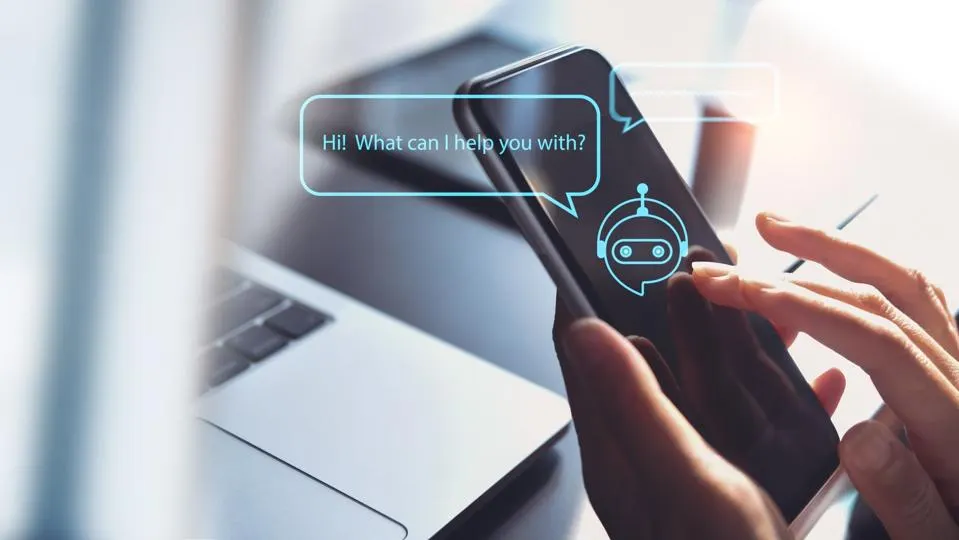
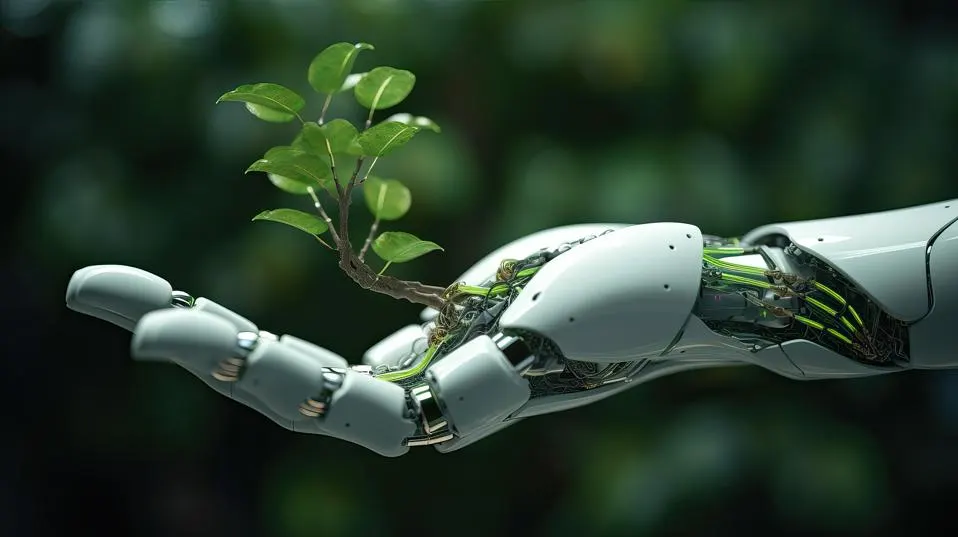
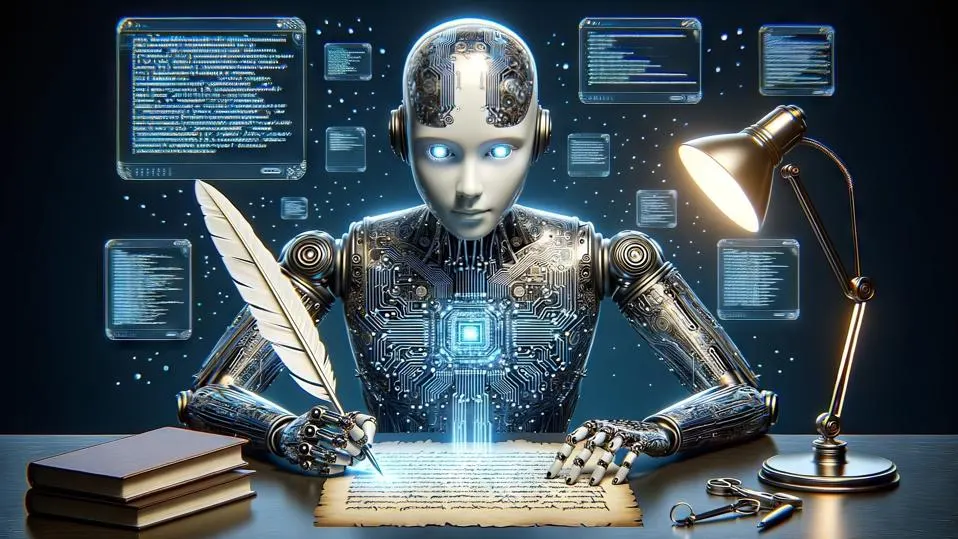
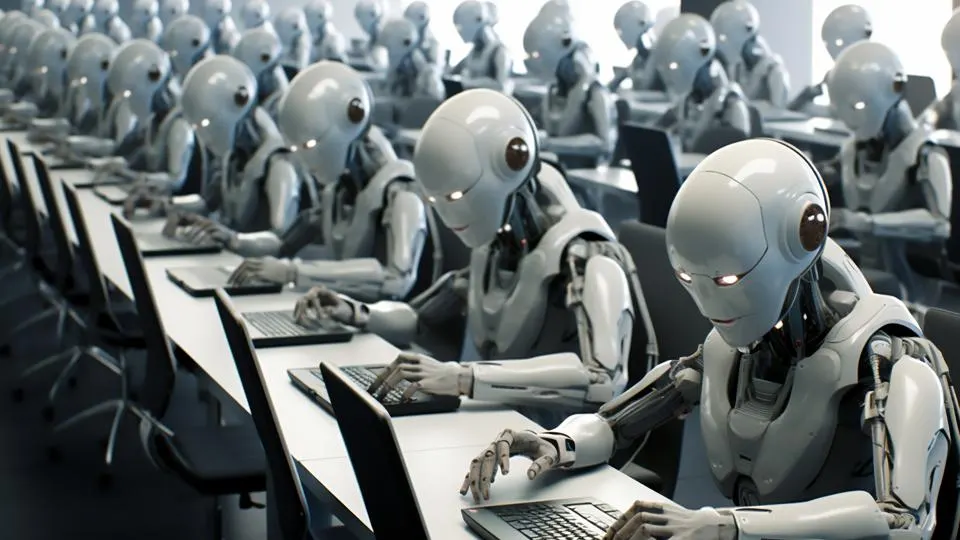
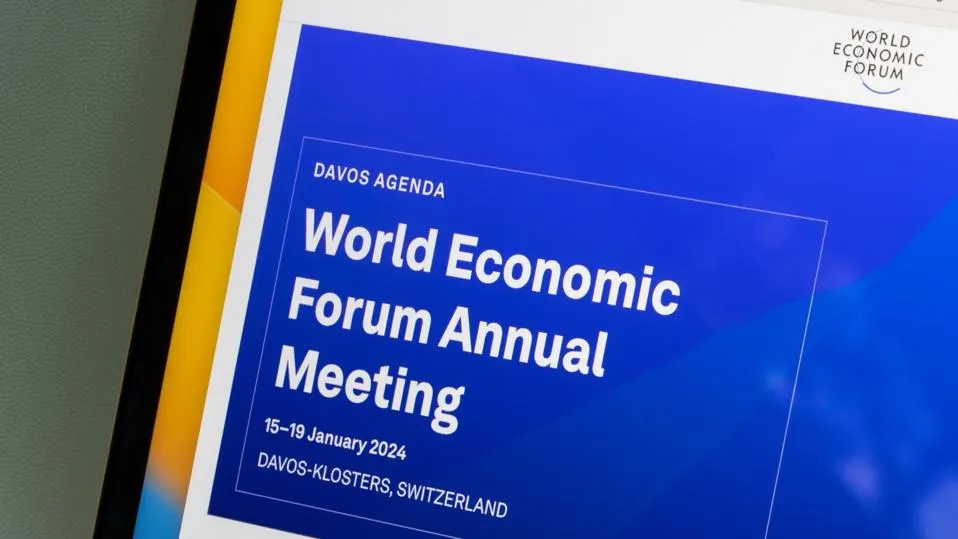
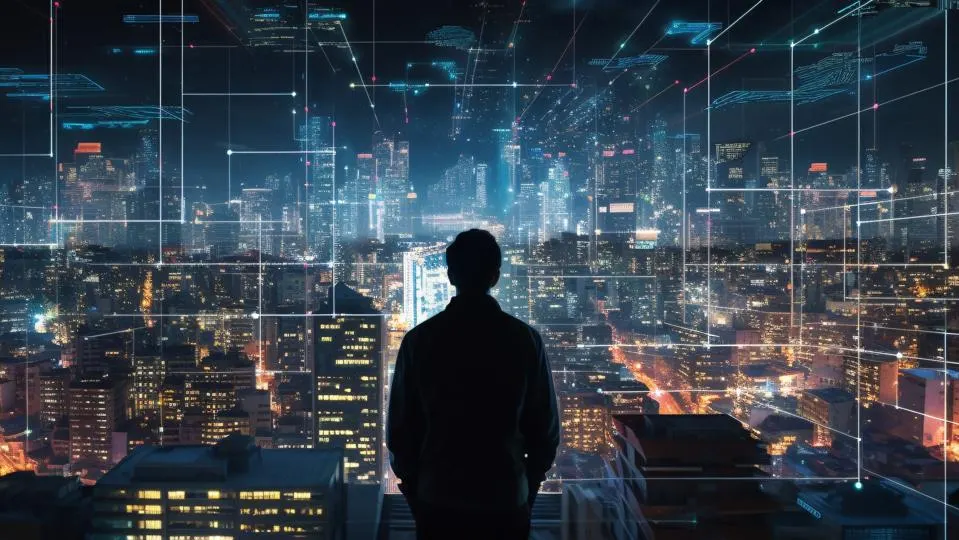
Social Media